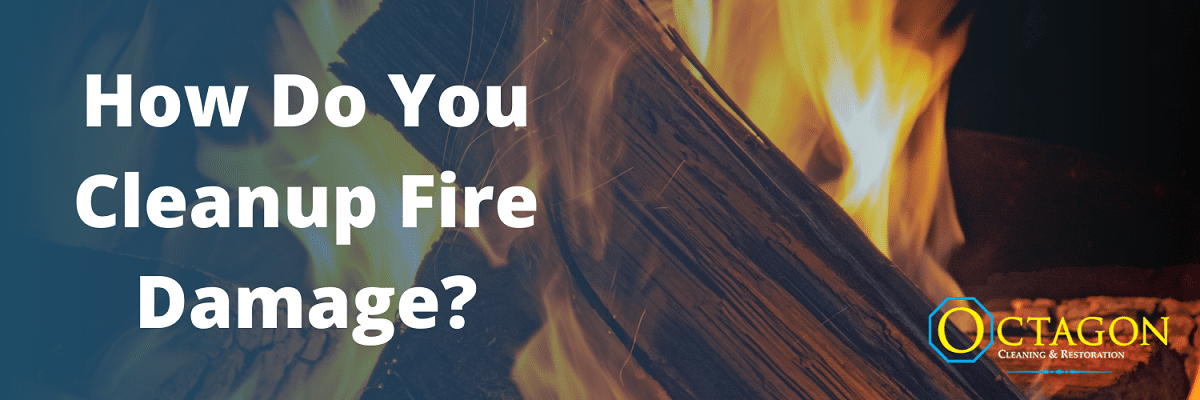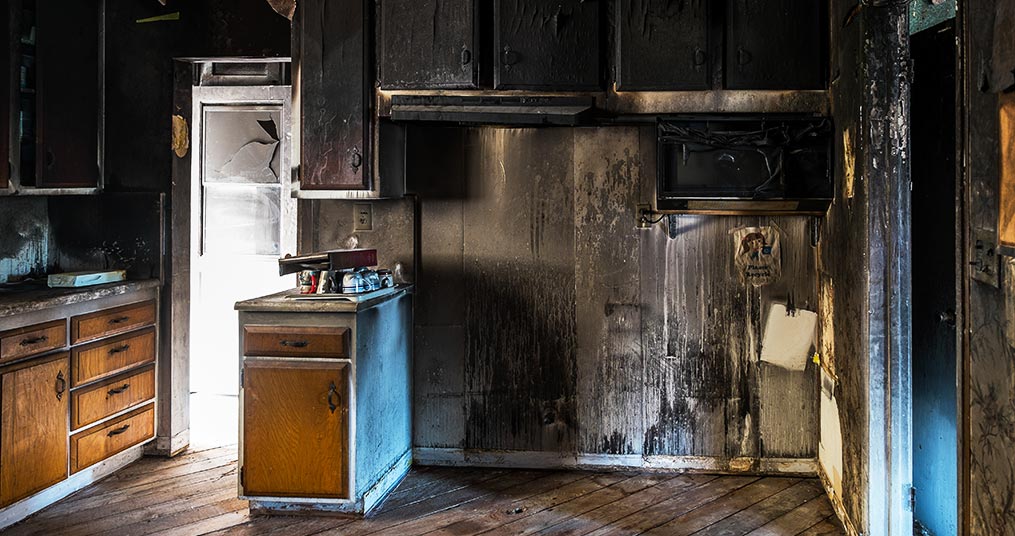
Fires can be destructive and devastating, and the cleanup process can be overwhelming and expensive to perform. While we think we can tackle the project ourselves, we overlook that our home is very personal to us and wants to protect the memories we have built. Often, we act on impulse and start frantically cleaning up the mess without knowing the proper ways to go about it to avoid additional damages and what can happen to your health and safety without understanding the process. No matter how big or small the fire was, the proper precautions and cleaning techniques will need to limit the damages and protect those involved health and safety.
Evaluating the Damage
Before we begin, let us go over what damages can happen if a fire breaks out in a kitchen of a home. Most building materials are flammable, so we must keep this in mind before we start the restoration process. When evaluating the room, look around to familiarize what materials are affected. Often, we have cabinets, drywall, flooring, wall hangings, lighting, electrical wiring, blinds, food, appliances, etc. While these materials are burning, they create toxic gases, smoke, and soot that fills the air and travels throughout the home, getting inside walls, ceilings, furniture, cabinets, etc. leaving behind soot and odor on all surfaces that it encounters.

Smoke and soot are carcinogenic and can get into our bodies through inhalation, skin, and eyes. When this happens, it can cause serious health issues if you do not wear the appropriate personal protective equipment (PPE). Soot is also acidic. When it sits on surfaces for too long, it will stain and etch in, making it impossible to remove if not cleaned quickly and correctly. When this happens, these materials will need to be removed and replaced.
Now that we discussed the nature of soot and smoke, we should consider how badly the fire itself damaged these materials. When building materials catch fire, it weakens their structural integrity making them very brittle, easily crumbling with any force. These materials can be buried under debris, making them invisible to the eye.
Before entering the affected areas, we must ask ourselves: Are these materials safe to walk under or on? Is my electrical system compromised? If you do not have these answers, we recommend that you not enter the area until you know if it is safe to enter.
Fire Damage Cleanup Checklist
When you know it is safe to go inside, we will need to ask ourselves the following before the cleanup begins:
- Will my homeowner’s insurance cover any of the damages?
- Was water used to extinguish the fire?
- Are structural repairs needed?
- Is the electrical system compromised?
- Was the plumbing affected?
- What is the extent of the smoke damage?
- Did smoke/soot get inside the walls?
- Are there strong odors present?
- Are the appliances in need of repair or replacement?
- Can the personal contents be cleaned, or should they be discarded?
- Is the food safe to eat?
Never Try to Clean Fire Damage Yourself
While we think we can tackle the project ourselves, we overlook the fact that our home is our sanctuary, and we want to protect the memories that we have built. This process is tedious and can become overwhelming very quickly. We highly recommend calling a disaster restoration company due to the dangers and steps needed to restore the property. When deciding which company to use, please consider if they are certified and specialize in fire restoration. These folks have the experience and know-how to tackle the damage and reduce the costs associated with the repairs.
